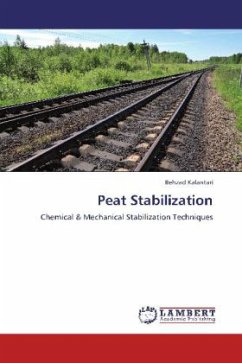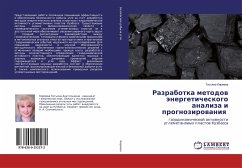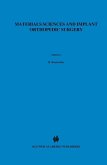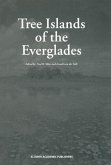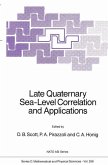Peatlands represent some of the most important carbon storages in the world. They contain nearly 30 percent of all carbon on the land, while only covering 3 percent of the area. The chemical composition of peats depends on the geobotanical conditions of their formation and on the depth of sampling. Organic matter in peat consists of a mixture of plant and animal products in various stages of decomposition and substances synthesized during the breakdown of these compounds. Peatlands are the source of peat for horticulture, pomology, and floriculture. They also used for forestry and agriculture. The physiological activity of peats is observed in peat-bath therapy for humans. Unfortunately, despite these benefits, peatlands around the world have been heavily utilized or degraded. The agricultural use of peatlands and their exploitation leads to the release of carbon. The long-term cultivation and agricultural use of peatlands has led to a number of effects including lowering of the water table, increased aeration, and changes in plant communities. During these processes the properties of organic matter change from hydrophilic to hydrophobic.
Bitte wählen Sie Ihr Anliegen aus.
Rechnungen
Retourenschein anfordern
Bestellstatus
Storno



